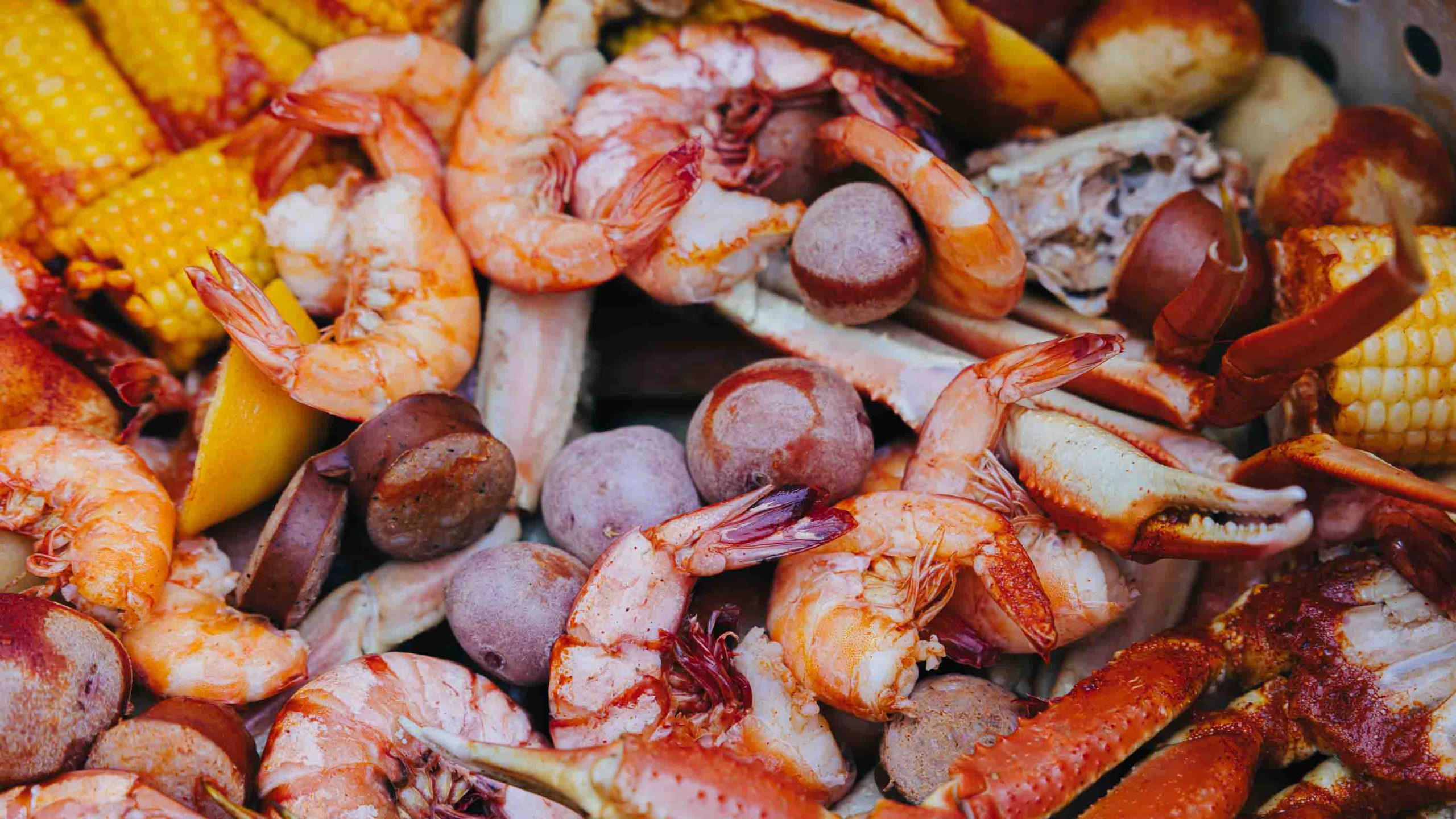Beyond Cajun and Creole dishes, Jay Steiner, a Lafayette-based chef and food historian recommends heading up north to Natchitoches to try their local spicy Natchitoches meat pies. One of the official state foods of Louisiana, they’re similar to empanadas, and an example of a Native American recipe later adopted by the Spanish. Up in Shreveport, Creole food is evolving as chefs like Niema DiGrazia, who has roots in Sierra Leone, adds West African touches to her food, such as serving gumbo with jollof rice.
Cajun food has also evolved over time, on a different trajectory—appealing to home cooks before spreading across the state to hotels, restaurants, gas station eats, and diners. Cajun chefs such as Justin Wilson and Alzina Toups are revered as legends in Cajun cuisine even today.
Wilson, who passed away in 2001, was a popular Louisiana chef and humorist who authored cookbooks on Cajun cuisine and appeared on numerous cookery shows. In Galliano, south of New Orleans, Toups served Cajun-style gumbo and other dishes from her family kitchen, from a tiny windowless welding shop, which she converted to a restaurant called Alzina’s Kitchen. While the restaurant closed after she died in 2022, her grandson, accomplished Cajun chef Anthony Goldsmith, continues her legacy as the owner of Kajun Twist & Grill, a Cajun-style diner in Galliano serving his family’s recipes, with a second branch in Lockport.
While the differences between the two cuisines are integral to their identities—the people, origins, cooking techniques and the ingredients they use—what I realized most of all was what they had in common: An emphasis on food cooked with love, in plentiful portions, and with lots of lagniappe.
**
The writer was a guest of Explore Louisiana and traveled between New Orleans and Shreveport.

